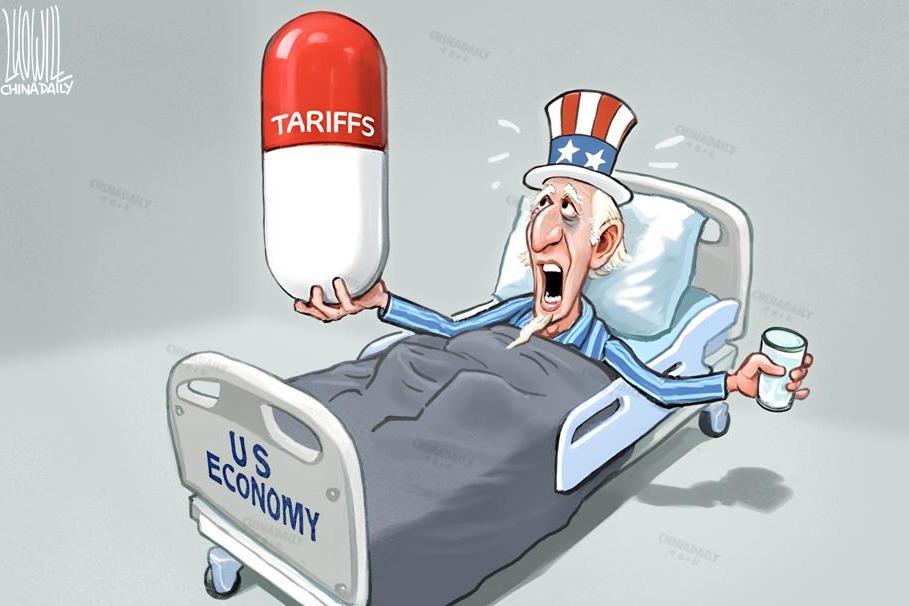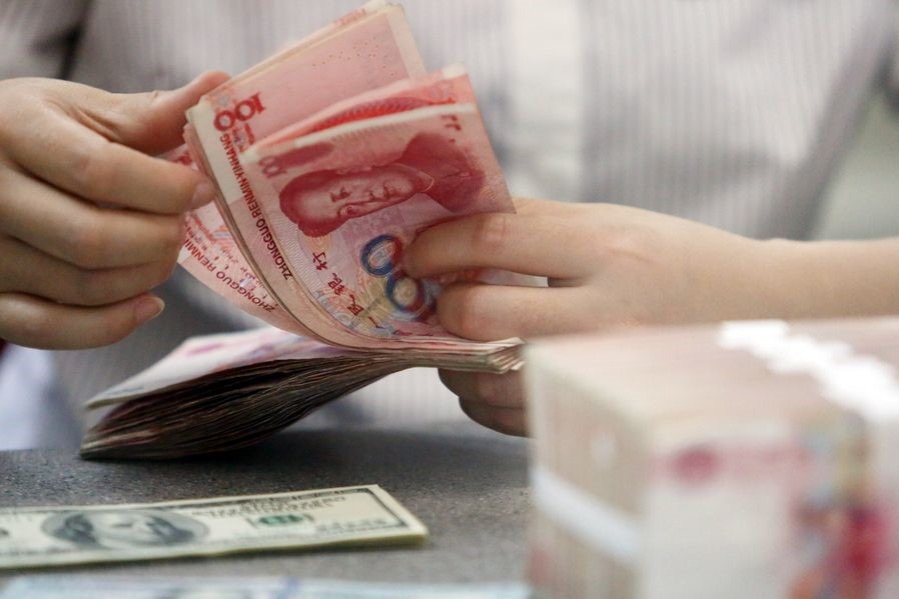Maximizing RCEP's potential


Robust public-private partnerships are key while media and think tanks can direct more resources to help MSMEs fully integrate into the new ecosystems
The full implementation of the Regional Comprehensive Economic Partnership agreement by all 15 signatory parties in 2023 marked a key milestone for the establishment of the largest free trade agreement in the world, with a combined GDP of $29 trillion and 2.3 billion people. In order to maximize the benefits of the RCEP, robust public-private partnerships are essential. Additionally, the role of media and think tanks is also indispensable, as they can promote greater awareness and understanding of businesses of the RCEP.
The RCEP is a new generation of ASEAN-led FTA that is comprehensive in scope, deep in commitment, and more adaptive to emerging opportunities and challenges. It enables the region to achieve transformative progress toward a new level of economic integration, builds the foundation for digital and sustainable future, and enlarges economic boundaries for traders and businesses in the Association of Southeast Asian Nations and other RCEP countries, including China.
Since the entry into force of the agreement in 2022, ASEAN's trade and investment relations with RCEP countries have flourished even further. In 2023, the total trade of ASEAN with other RCEP Parties amounted to $1.2 trillion, contributing 35 percent to total ASEAN trade. In particular, China remained ASEAN's largest partner, with trade amounting to $702 billion, thus contributing 20 percent to total ASEAN trade. The inflow of foreign direct investments from RCEP partners to ASEAN in 2022 increased by 718.1 percent from Australia, 28.9 percent from Japan, 90.0 percent from New Zealand, and 23.9 percent from Korea, respectively.
Meanwhile, China's trade figures with the other 14 RCEP members also saw robust growth, amounting to approximately $1.8 trillion in 2023, which represents 30 percent of China's total merchandise trade. According to China's Customs statistics, ASEAN also remained China's largest trading partner in 2023, contributing around 15 percent to China's total trade.
The trade and investment figures clearly demonstrate the potential of the RCEP. It is important for all stakeholders to strengthen their collaboration to ensure that the benefits promised by the RCEP can be delivered. While governments and policymakers intensify their efforts to promote the RCEP, media and think tanks play a critical role in amplifying the messages to the private sector, and conversely, to raise challenges faced by the private sector to the policymakers.
First, a robust public-private partnership is key to unlocking the immense potential of the RCEP.Trade facilitative measures, such as self-certification and advanced rulings, are being implemented by the RCEP Parties to facilitate trade processes in the region. The robust and advanced provisions of the RCEP offer significant opportunities for businesses to adopt a new strategy in favor of nimble and resilient growth by diversifying trade and investment sources and recalibrating supply chains to withstand future economic disruptions.
This would require a robust public-private partnership, enhanced awareness among business communities regarding relevant RCEP provisions, and the establishment of intensive business networks throughout the region. It is also necessary to leverage on various mechanisms under the RCEP, such as the exchange of information, advocacy programs, dialogues, and active engagements, to effectively identify and address challenges faced by businesses on the ground. The role of media and think tanks on this matter is paramount.
Second, the RCEP must work for all businesses, particularly micro, small, and medium enterprises (MSMEs), which account for over 95 percent of registered businesses and provide between 30 percent and 85 percent of total employment in RCEP economies. MSMEs must be equipped with the necessary know-how to take advantage of the RCEP and other FTAs, ensuring inclusive growth and leaving no one behind. The RCEP includes specific provisions for economic and technical cooperation, under which the Parties shall develop tangible projects to enhance the capacity of relevant stakeholders, including MSMEs.
ASEAN has launched the ASEAN Tariff Finder, an online tool open for use by all businesses operating in ASEAN, designed to help traders maximize the benefits from ASEAN+1 FTAs, the RCEP, and other bilateral FTAs of ASEAN Member States. Feedback from RCEP users, especially MSMEs, is crucial for identifying pain points or bottlenecks that could inform further improvements in the implementation of the RCEP.
Third, the RCEP must remain open, inclusive, and responsive to ever-changing business needs by keeping trade rules up-to-date and fit for purpose. Emerging as one of the most remarkable FTAs in the world today, the RCEP demonstrates the unwavering commitment of its Parties to upholding a rules-based and open trading system. This system is the fundamental foundation for stable, predictable global trade governance and our ability to withstand disruptions of supply chains. Inputs and views from the media and think tanks are invaluable as it will provide the policymakers with basis to improve the agreement.
The collective efforts of all RCEP Parties, including ASEAN and China, as well as the media and think tanks will enable constructive dialogues to support the commitment of the RCEP Parties to build a partnership for growth. This will also contribute to a better understanding and greater utilization of the RCEP, benefiting all countries participating in the RCEP. With the collective efforts and the active support of our partners in the media and think tanks, the RCEP will continue to fuel our region's growth and prosperity.
The author is the Secretary-General of the Association of Southeast Asian Nations. The author contributed this article to China Watch, a think tank powered by China Daily.The views do not necessarily reflect those of China Daily.
Contact the editor at [email protected].































